I am trying to make a computer vision program in which it would detect litter and random trash in a noisy background such as the beach (noisy due to sand).
Original Image:
Canny Edge detection without any image processing:
I realize that a certain combination of image processing technique will help me accomplish my goal of ignoring the noisy sandy background and detect all trash and objects on the ground.
I tried to preform median blurring, play around and tune the parameters, and it gave me this:
It preforms well in terms of ignoring the sandy background, but it fails to detect some of the other many objects on the ground, possibly because it is blurred out (not too sure).
Is there any way of improving my algorithm or image processing techniques that will ignore the noisy sandy background while allowing canny edge detection to find all objects and have the program detect and draw contours on all objects.
Code:
from pyimagesearch.transform import four_point_transform
from matplotlib import pyplot as plt
import numpy as np
import cv2
import imutils
im = cv2.imread('images/beach_trash_3.jpg')
#cv2.imshow('Original', im)
# Histogram equalization to improve contrast
###
#im = np.fliplr(im)
im = imutils.resize(im, height = 500)
imgray = cv2.cvtColor(im,cv2.COLOR_BGR2GRAY)
# Contour detection
#ret,thresh = cv2.threshold(imgray,127,255,0)
#imgray = cv2.GaussianBlur(imgray, (5, 5), 200)
imgray = cv2.medianBlur(imgray, 11)
cv2.imshow('Blurred', imgray)
'''
hist,bins = np.histogram(imgray.flatten(),256,[0,256])
plt_one = plt.figure(1)
cdf = hist.cumsum()
cdf_normalized = cdf * hist.max()/ cdf.max()
cdf_m = np.ma.masked_equal(cdf,0)
cdf_m = (cdf_m - cdf_m.min())*255/(cdf_m.max()-cdf_m.min())
cdf = np.ma.filled(cdf_m,0).astype('uint8')
imgray = cdf[imgray]
cv2.imshow('Histogram Normalization', imgray)
'''
'''
imgray = cv2.adaptiveThreshold(imgray,255,cv2.ADAPTIVE_THRESH_GAUSSIAN_C,\
cv2.THRESH_BINARY,11,2)
'''
thresh = imgray
#imgray = cv2.medianBlur(imgray,5)
#imgray = cv2.Canny(imgray,10,500)
thresh = cv2.Canny(imgray,75,200)
#thresh = imgray
cv2.imshow('Canny', thresh)
contours, hierarchy = cv2.findContours(thresh.copy(),cv2.RETR_TREE,cv2.CHAIN_APPROX_SIMPLE)
cnts = sorted(contours, key = cv2.contourArea, reverse = True)[:5]
test = im.copy()
cv2.drawContours(test, cnts, -1,(0,255,0),2)
cv2.imshow('All contours', test)
print '---------------------------------------------'
##### Code to show each contour #####
main = np.array([[]])
for c in cnts:
epsilon = 0.02*cv2.arcLength(c,True)
approx = cv2.approxPolyDP(c,epsilon,True)
test = im.copy()
cv2.drawContours(test, [approx], -1,(0,255,0),2)
#print 'Contours: ', contours
if len(approx) == 4:
print 'Found rectangle'
print 'Approx.shape: ', approx.shape
print 'Test.shape: ', test.shape
# frame_f = frame_f[y: y+h, x: x+w]
frame_f = test[approx[0,0,1]:approx[2,0,1], approx[0,0,0]:approx[2,0,0]]
print 'frame_f.shape: ', frame_f.shape
main = np.append(main, approx[None,:][None,:])
print 'main: ', main
# Uncomment in order to show all rectangles in image
#cv2.imshow('Show Ya', test)
#print 'Approx: ', approx.shape
#cv2.imshow('Show Ya', frame_f)
cv2.waitKey()
print '---------------------------------------------'
cv2.drawContours(im, cnts, -1,(0,255,0),2)
print main.shape
print main
cv2.imshow('contour-test', im)
cv2.waitKey()


